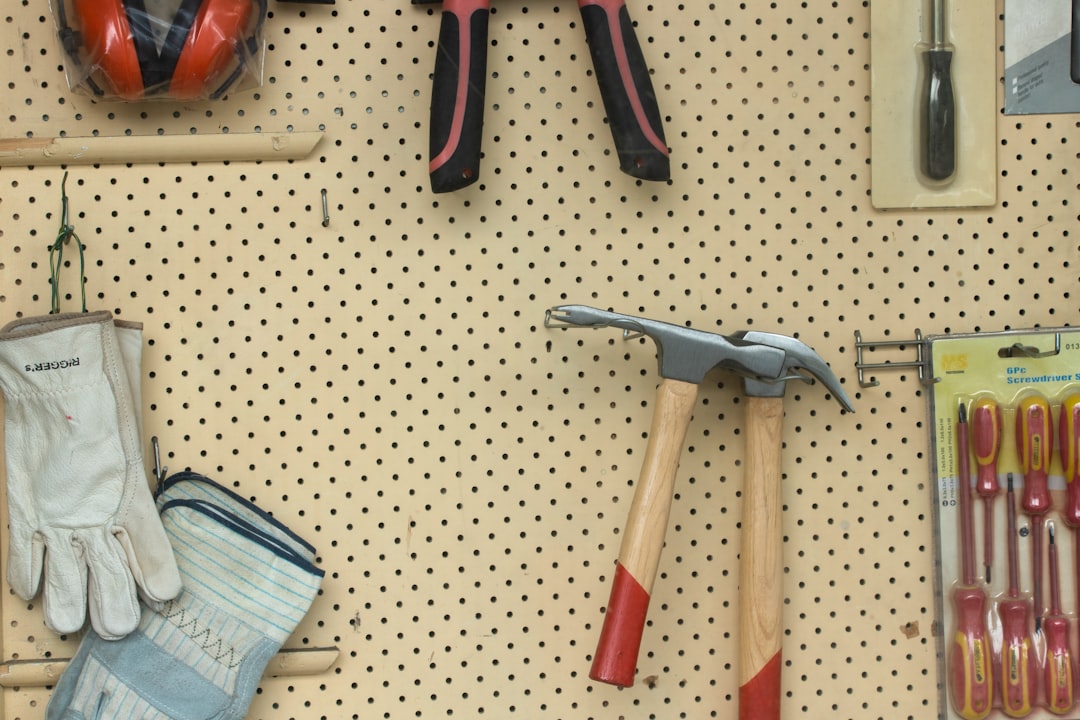As modern PC builds grow increasingly complex with multiple storage drives and peripherals, users often seek ways to streamline their setups. One commonly asked question is whether it’s okay to use a SATA splitter to power additional devices. While the straightforward answer is “yes—with caution,” it’s important to explore the details of this solution to understand potential risks and best practices.
A SATA splitter allows you to take one SATA power connector from the power supply unit (PSU) and split it into two or more connectors, enabling the powering of multiple devices such as SSDs, HDDs, or optical drives. This can be especially useful when your PSU lacks a sufficient number of SATA power connectors. However, as with any workaround, there are pros and cons.

When Is It Okay to Use a SATA Splitter?
Table of Contents
Using a SATA splitter is generally acceptable under specific conditions. If you’re using low-power devices like SSDs or 2.5-inch HDDs, a SATA splitter usually poses minimal risk. These devices draw relatively little power, making the splitter a practical solution for temporary or permanent setups in most standard use cases.
However, if you’re planning to power multiple high-power devices—like multiple 3.5-inch HDDs or even certain fan controllers—it becomes crucial to assess whether your PSU can handle the increased load. Powering too many devices from a single connector may lead to voltage drops, overheating, or even hardware failure.
Types of SATA Splitters
There are mainly two types of SATA splitters:
- SATA Power Y-Splitters: These split one SATA power plug into two or more. They are simple and commonly available.
- Molex to SATA Adapters: These convert an older Molex connector into a SATA power connector. While not technically splitters, they achieve similar outcomes.
Make sure to opt for high-quality cables, preferably with thicker wiring and good insulation. Cheap, poorly made splitters are a known cause of shorts and can damage your entire system.
Potential Risks of Using Splitters
While splitter cables are useful, there are several risks to keep in mind:
- Overheating: A single SATA power connector has a defined amperage limit. Overdrawing from it by connecting multiple drives may cause excessive heat.
- Power Imbalance: Connecting several drives on a single rail may lead to instability if the PSU isn’t distributing power efficiently.
- Fire Hazard: Poorly constructed splitters or running too many high-drain devices can create a fire risk if cables or connectors melt.

Best Practices for Using SATA Splitters
- Check Drive Power Consumption: Know what your components draw in power. SSDs typically require 2–3 watts, while 3.5” HDDs can reach 6–9 watts.
- Monitor PSU Load: Ensure you are not exceeding the power rating of both your PSU and the specific power rail.
- Use Quality Components: Always choose certified and reputable brands for splitter cables.
- Avoid Daisy-Chaining: Don’t connect multiple splitters in a chain, as this significantly increases the chances of overloading the connector.
When You Should Avoid Using a SATA Splitter
It’s best to avoid SATA splitters in mission-critical systems like servers or when working with highly sensitive data. If data integrity and system uptime are top priorities, using dedicated power leads directly from the PSU is the most reliable approach. Also, consider investing in a power supply with enough SATA connectors if you anticipate needing multiple drives in your setup.
Conclusion
Using a SATA splitter can be a convenient and safe way to expand your system’s capabilities, as long as you understand your hardware limitations and follow essential safety practices. Ensure the power load is kept within reasonable boundaries, use quality parts, and regularly monitor your system’s temperatures.
The bottom line: Yes, it’s okay to use a SATA splitter, but with responsibility and due diligence.
FAQs
- Q: Can using a SATA splitter damage my hard drives?
A: If used improperly or with low-quality components, yes. Overloading power lines can lead to data corruption or hardware failure. - Q: How many devices can I power with one SATA splitter?
A: Preferably not more than two low-power devices. Always check the total power draw compared to what your PSU can handle. - Q: Is it better to use a Molex-to-SATA adapter instead?
A: Not necessarily. Molex to SATA adapters can be just as risky if used improperly. Always verify current and voltage compatibility. - Q: Are there safer alternatives to SATA splitters?
A: Yes, the best alternative is using a PSU that comes with enough native SATA power connectors for your needs. - Q: Will using a SATA splitter void my warranty?
A: Typically no, but damage resulting from splitter misuse may not be covered under warranty for affected devices.

